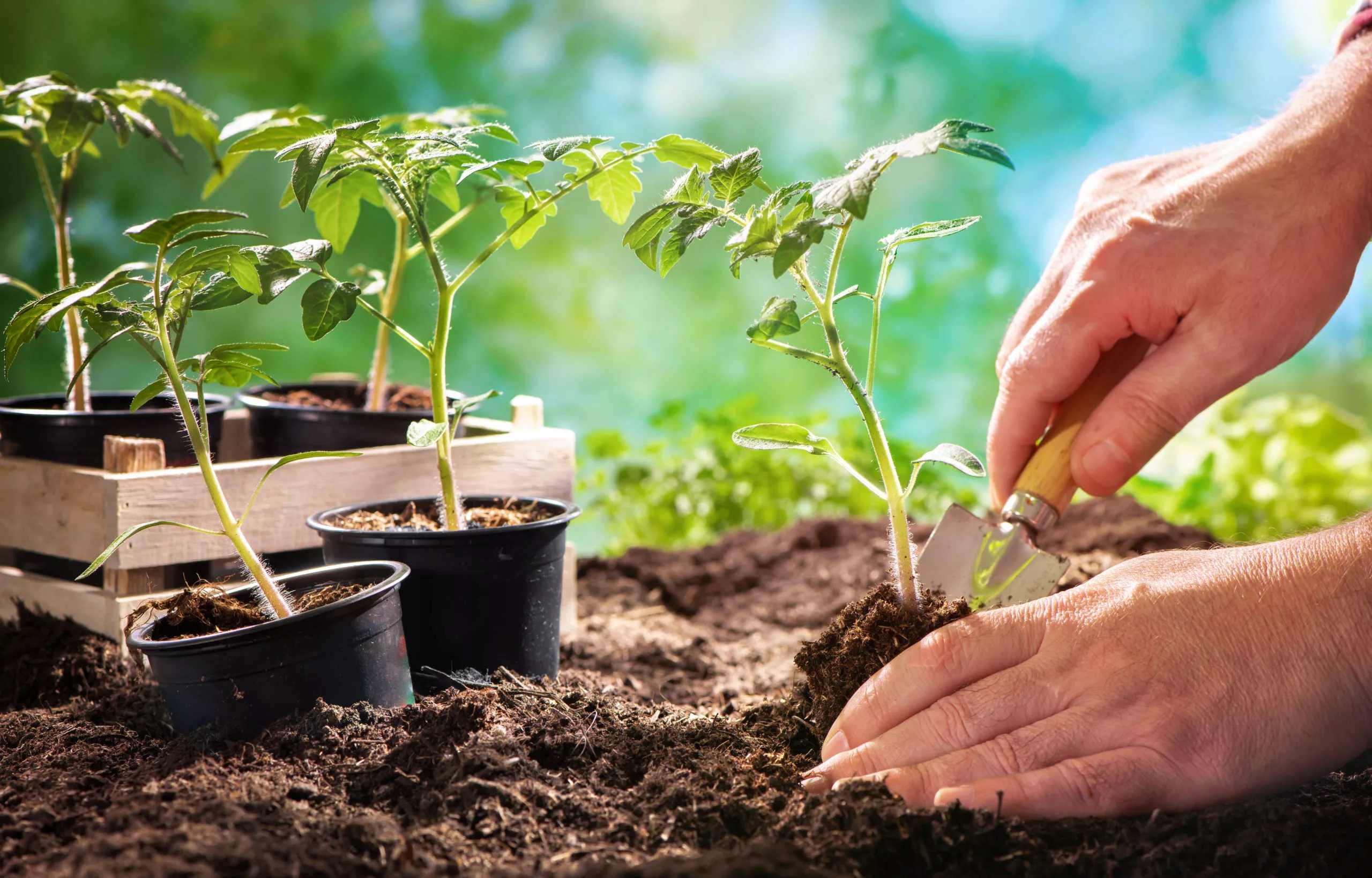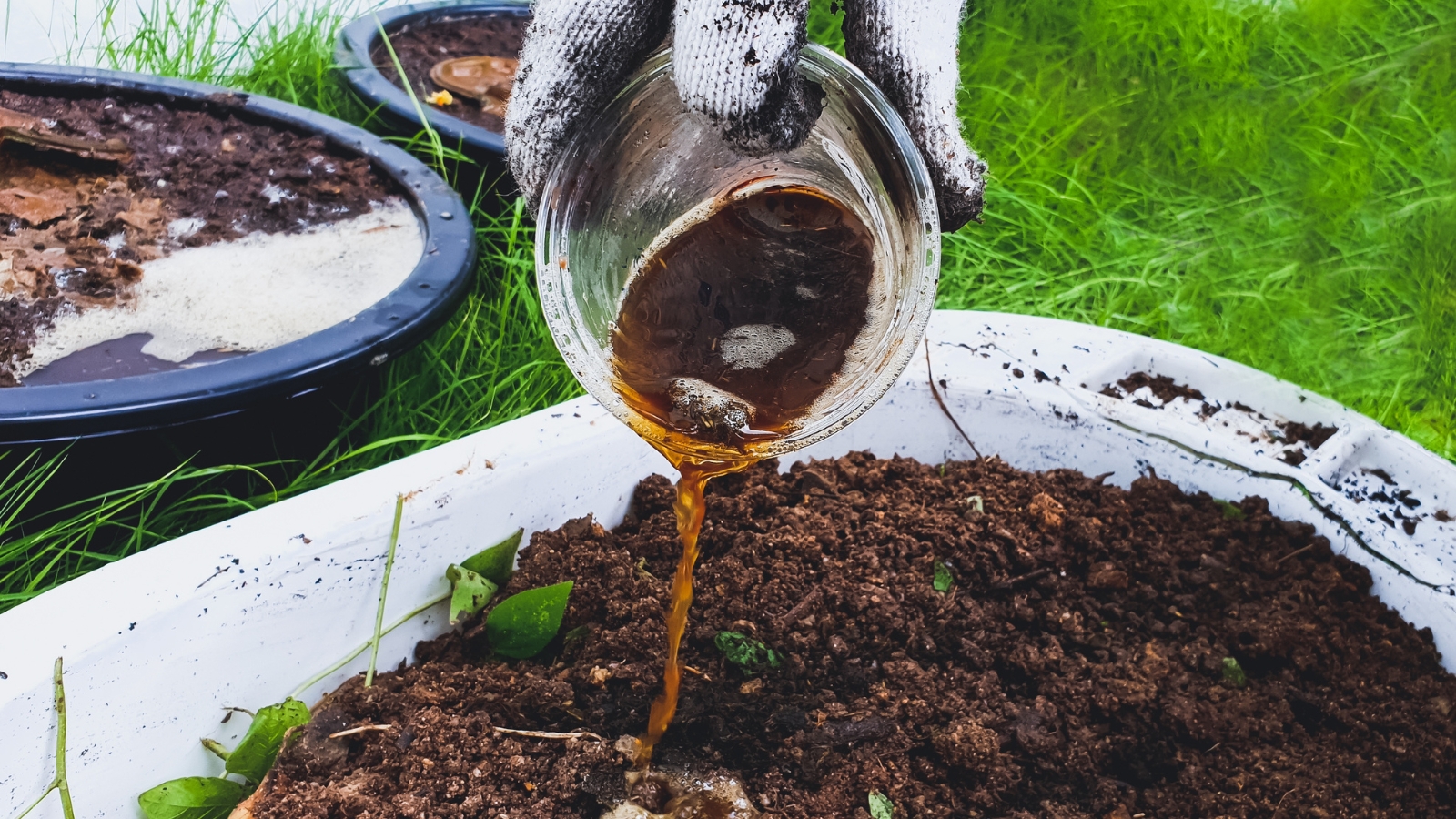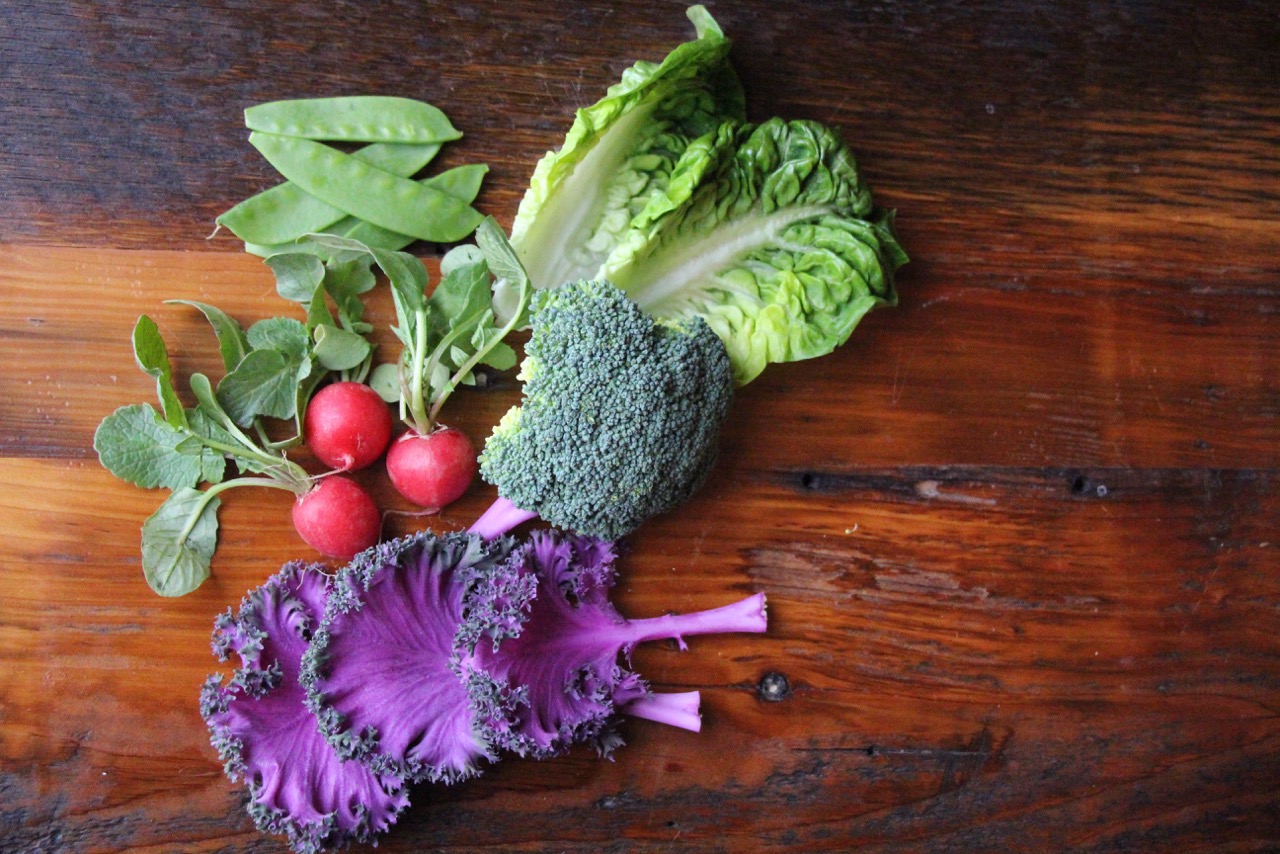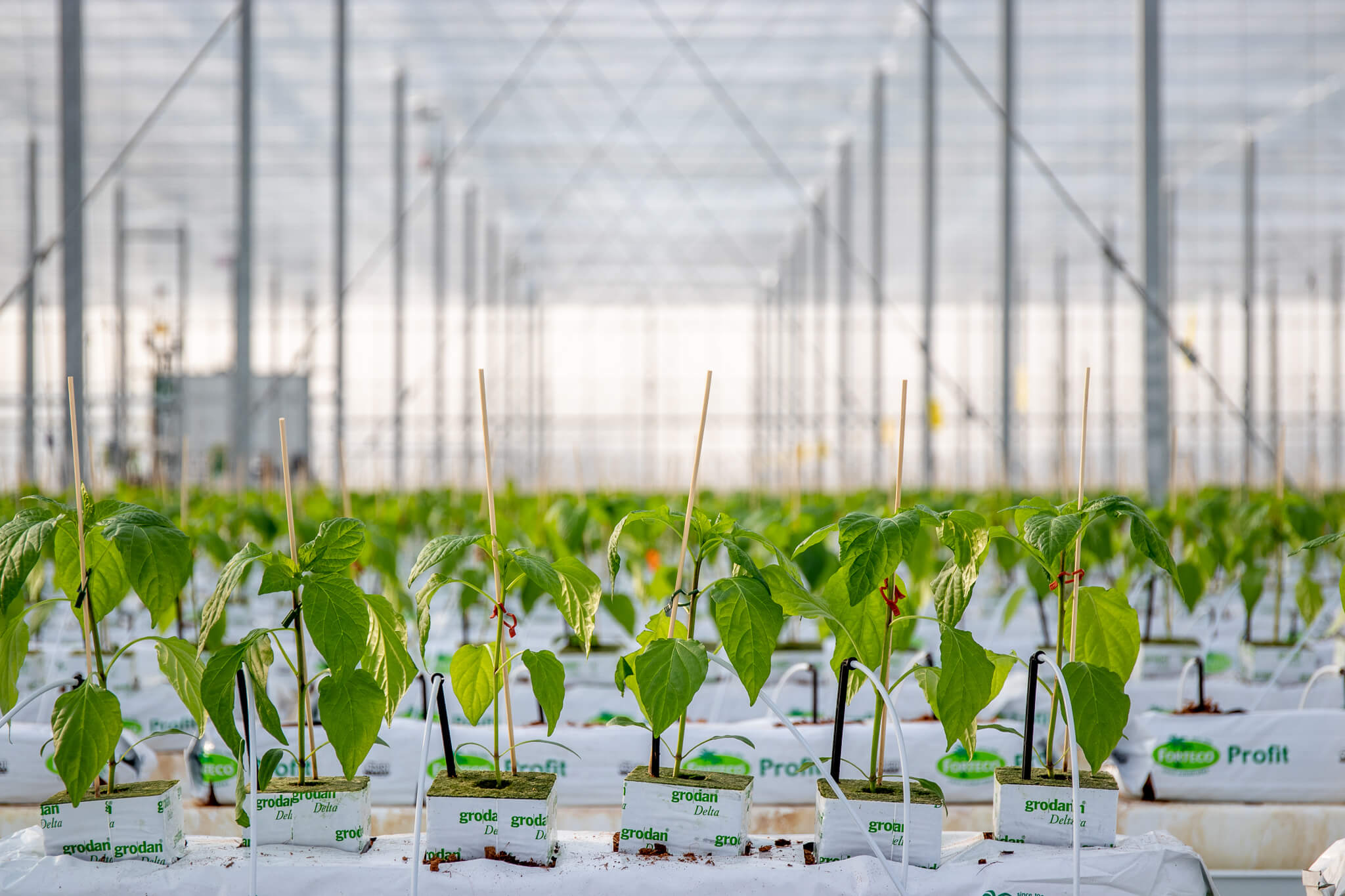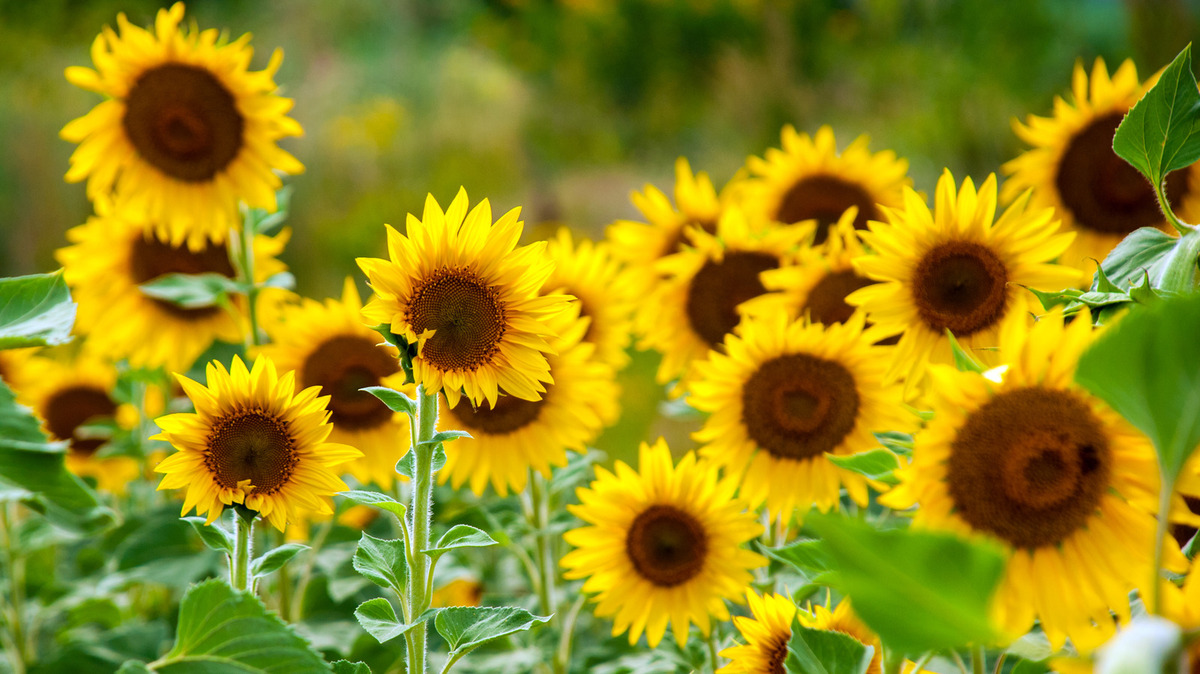Home>Gardening Techniques>Seasonal Gardening>When To Plant Vegetables In NC


Seasonal Gardening
When To Plant Vegetables In NC
Modified: January 22, 2024
Discover the best times to plant vegetables in North Carolina with our comprehensive seasonal gardening guide.
(Many of the links in this article redirect to a specific reviewed product. Your purchase of these products through affiliate links helps to generate commission for Chicagolandgardening.com, at no extra cost. Learn more)
Table of Contents
Introduction
Welcome to the world of seasonal gardening in North Carolina! If you’re a gardening enthusiast or a novice looking to explore the joys of growing your own vegetables, this article is for you. North Carolina’s climate offers a variety of growing seasons, making it an ideal location for seasonal gardening.
Gardening is not only a rewarding hobby but also a sustainable way to provide fresh, homegrown produce for your family. However, to ensure success in your gardening endeavors, it’s essential to understand the optimal time for planting different vegetables in North Carolina. By aligning your planting schedule with the region’s climate and seasonal patterns, you can maximize your harvest and enjoy a bountiful yield.
This article will provide you with valuable insights and guidelines on when to plant vegetables in North Carolina based on the state’s climate and frost dates. We will explore both cool season and warm season vegetables, highlighting the best times for planting each type. Additionally, we will offer specific planting guides for popular vegetables to help you get started.
So, whether you’re eager to grow leafy greens, crunchy root vegetables, or juicy tomatoes, this guide will equip you with the knowledge to plan and execute a successful vegetable garden in North Carolina. Let’s dig in!
Factors to Consider
Before diving into the specific planting dates for vegetables in North Carolina, it’s important to take into account a few key factors that can greatly influence your gardening success. These factors include:
- Climate: North Carolina has a diverse climate ranging from the mountains in the west to the coastal regions in the east. The state experiences both humid subtropical and continental climates, which affect the temperatures and length of growing seasons. Understanding your specific local climate can help determine the ideal planting times for different vegetables.
- Frost Dates: Knowing the average dates of the first and last frosts in your area is crucial for planning your planting schedule. The risk of frost damage can vary widely throughout North Carolina, with the mountains experiencing longer frost periods compared to the coastal areas. Use these dates as a guide to determine when to start planting and when to protect your delicate seedlings.
- Soil Conditions: The quality and composition of your soil play a significant role in your plants’ health and productivity. Conduct a soil test to assess the pH level, nutrient content, and drainage of your soil. This will help determine if any amendments are needed to optimize your growing conditions.
- Planting Zones: North Carolina falls into USDA Hardiness Zones 6 to 8, depending on the specific region. These planting zones provide a general framework for understanding the climate and the types of plants suitable for each zone. Consider the recommended planting dates and appropriate vegetables for your particular zone.
- Companion Planting: Another important aspect to consider is companion planting. Some vegetables grow better when planted alongside certain companion plants, while others may inhibit each other’s growth. Research compatible plant combinations to maximize the health and productivity of your garden.
By taking these factors into account, you can create a gardening plan that suits the unique conditions of your location and sets the stage for a successful growing season. Now, let’s explore North Carolina’s frost dates and the best times to plant cool season and warm season vegetables.
Frost Dates in NC
Frost dates are a crucial aspect of planning your vegetable garden in North Carolina. The last frost date in the spring marks the point when it is generally safe to start planting frost-tender crops, while the first frost date in the fall signals the end of the growing season for most warm-season vegetables. Understanding these dates will help you determine the appropriate time to sow seeds or transplant seedlings.
The frost dates in North Carolina can vary depending on the region. In the western mountainous areas, the last frost typically occurs in late April or early May, while the first frost can be as early as mid-September. On the coastal plains and central regions, the last frost arrives around mid-March to early April, while the first frost typically occurs in late October or early November.
It’s important to note that frost dates are not set in stone and can vary from year to year. They serve as a general guideline but keep an eye on local weather patterns and forecasts to make more accurate planting decisions.
When planning your garden, consider the hardiness zone you’re in and the specific vegetables you want to grow. Some cool-season vegetables can withstand light frosts, while warm-season vegetables cannot tolerate any frost at all. Take this into account when determining your planting dates.
Now that you have an understanding of the frost dates in North Carolina, let’s explore the optimal periods for planting cool season and warm season vegetables.
Cool Season Vegetables
Cool season vegetables thrive in the cooler temperatures of spring and fall. These crops can withstand light frosts and often taste best when grown in cooler weather. In North Carolina, the ideal time to plant cool season vegetables depends on your specific location and the expected frost dates.
Here are some popular cool season vegetables and their recommended planting times:
- Lettuce: Plant lettuce seeds or seedlings in early spring, around 4 to 6 weeks before the last expected frost date. You can also plant a second round of lettuce in late summer or early fall for a fall harvest.
- Spinach: Sow spinach seeds directly in the garden 6 to 8 weeks before the last frost date in the spring. You can also plant spinach in late summer for a fall harvest.
- Broccoli: Start broccoli seeds indoors 6 to 8 weeks before the last frost date and transplant seedlings to the garden once the soil has warmed up. Broccoli can also be planted in late summer for a fall crop.
- Carrots: Directly sow carrot seeds in the garden 2 to 3 weeks before the last frost date in the spring. Carrots can also be planted in late summer for a fall harvest.
- Radishes: Radishes are quick-growing and can be sown directly in the garden 4 to 6 weeks before the last frost date. They are a great option for early spring or late fall planting.
Other cool season vegetables to consider are kale, Swiss chard, cabbage, Brussels sprouts, and peas. Each of these vegetables has its specific planting times and preferences, so be sure to check the seed packets or plant labels for more detailed instructions.
By planting these cool season vegetables at the appropriate times, you can enjoy a fresh and abundant harvest before the warm summer temperatures arrive.
Warm Season Vegetables
Warm season vegetables thrive in the heat and long days of summer. These crops require soil temperatures above 60°F and frost-free conditions to grow successfully. In North Carolina, it’s important to wait until the danger of frost has passed before planting warm season vegetables.
Here are some popular warm season vegetables and their recommended planting times:
- Tomatoes: Transplant tomato seedlings outdoors once all danger of frost has passed and the soil has warmed to around 60°F. This typically occurs in late April to early May in most areas of North Carolina.
- Peppers: Pepper seedlings can be transplanted outdoors at the same time as tomatoes. Ensure that the soil temperature is consistently above 60°F for optimal growth.
- Squash: Sow squash seeds directly in the garden once the soil has warmed up in late spring, usually around mid-May in North Carolina.
- Cucumbers: Cucumber seeds can be planted directly in the garden in late spring, once the soil has warmed and all danger of frost has passed.
- Beans: Plant bean seeds directly in the garden after the last frost date in the spring. They prefer warmer soil temperatures for germination and growth.
Other warm season vegetables to consider are corn, eggplant, okra, and melons. Each of these vegetables has specific planting requirements, so be sure to read the seed packets or plant labels for detailed instructions.
It’s important to note that warm season vegetables require consistent moisture and proper care throughout the growing season. Water the plants deeply and regularly, and provide them with appropriate support if needed. Regularly monitor for pests and diseases, and take necessary measures to protect your crops.
With proper planning and care, you can enjoy a plentiful harvest of warm season vegetables throughout the summer months in North Carolina.
Planting Guides for Specific Vegetables
Now that we have covered the general planting times for cool season and warm season vegetables, let’s dive into specific planting guides for some popular vegetable varieties.
Tomatoes:
Tomatoes are a staple in many vegetable gardens. Start tomato seeds indoors 6 to 8 weeks before the last frost date. Transplant seedlings outdoors after all danger of frost has passed, ensuring the soil temperature is consistently above 60°F. Provide support for the plants as they grow, such as stakes or cages.
Lettuce:
Lettuce is a cool season vegetable that can tolerate light frosts. Directly sow lettuce seeds 4 to 6 weeks before the last expected frost date in the spring. For a fall harvest, sow seeds in late summer or early fall, allowing enough time for maturity before the first frost.
Cucumbers:
Cucumbers thrive in warm weather. Sow cucumber seeds directly in the garden after the last frost date, once the soil has warmed to around 60°F. Provide a trellis or support structure for the vines to climb for efficient use of space.
Carrots:
Carrots are root vegetables that grow best in loose, well-draining soil. Sow carrot seeds directly in the garden 2 to 3 weeks before the last frost date in the spring. Ensure the soil is free of rocks or other debris to allow carrots to grow evenly and without hinderance.
Zucchini:
Zucchini is a prolific warm season vegetable. Sow zucchini seeds directly in the garden after the last frost date, once the soil has warmed up. Give the plants plenty of room to spread, as they can grow quite large. Regularly harvest zucchini when they reach a manageable size to encourage continuous production.
These are just a few examples, but many other vegetables also have specific planting requirements. It’s essential to read the seed packets or plant labels for detailed instructions on each variety. Consider factors such as spacing, watering, and sunlight needs when planning your garden layout.
By following the recommended planting guides for specific vegetables, you can optimize the growing conditions and increase your chances of a successful harvest.
Tips for Successful Planting
Planting a successful vegetable garden in North Carolina requires more than just knowing the right planting times. Here are some additional tips to ensure your gardening endeavors thrive:
1. Prepare the Soil:
Before planting, prepare your soil by removing weeds, rocks, and debris. Loosen the soil and amend it with organic matter to improve drainage and fertility. Conduct a soil test to determine if any specific nutrients need to be added.
2. Water Properly:
Provide your plants with an adequate and consistent water supply. Most vegetables require about 1 inch of water per week. Water deeply and avoid frequent shallow watering to encourage deep root growth.
3. Mulch:
Apply a layer of organic mulch such as straw, pine needles, or wood chips around your plants. Mulching helps conserve moisture, suppress weeds, and maintain even soil temperatures.
4. Feed Your Plants:
Fertilize your plants regularly with a balanced organic fertilizer or compost. This provides the necessary nutrients for healthy growth and high yields. Follow the recommended application rates on the fertilizer packaging.
5. Practice Crop Rotation:
Rotate your crops from year to year to minimize disease and pest problems. Avoid planting the same vegetable in the same spot every year. Crop rotation helps maintain soil health and productivity.
6. Monitor for Pests and Diseases:
Regularly inspect your plants for signs of pests or diseases. Identify the issue early and take appropriate measures such as handpicking pests, applying organic pest control methods, or using natural disease-resistant varieties.
7. Provide Support:
For vining plants or those with heavy fruit, provide adequate support such as stakes, cages, or trellises. This helps keep the plants upright, improves air circulation, and prevents fruit from touching the ground.
8. Harvest Regularly:
Harvest your vegetables regularly once they reach maturity. This helps promote continuous production and prevents over-ripening or spoiling. Check your plants daily and harvest when the vegetables are at their prime.
By following these tips, you can create an environment that supports healthy growth, reduces the risk of pests and diseases, and ensures a bountiful harvest of homegrown vegetables.
Conclusion
Congratulations! You are now equipped with the knowledge and insights needed to plan and execute a successful seasonal vegetable garden in North Carolina. By considering factors such as climate, frost dates, and specific planting guidelines, you can optimize your gardening efforts and increase your chances of a bountiful harvest.
Remember to take into account your local climate, frost dates, and planting zones when determining the best times to plant both cool season and warm season vegetables. Consider the unique needs and preferences of each vegetable variety and follow the recommended planting guides for optimal results.
Additionally, incorporating tips such as proper soil preparation, adequate watering, mulching, and regular monitoring for pests and diseases will help ensure the health and productivity of your plants throughout the growing season.
Gardening is a joyful and fulfilling activity that allows you to connect with nature and enjoy the fruits of your labor. Whether you have a large backyard or limited space in containers, anyone can experience the joy of growing their own vegetables in North Carolina.
So, roll up your sleeves, grab your gardening tools, and get ready to embark on a rewarding journey of seasonal gardening. Embrace the changing seasons, experiment with different vegetable varieties, and savor the flavors and freshness of homegrown produce.
Happy gardening!
